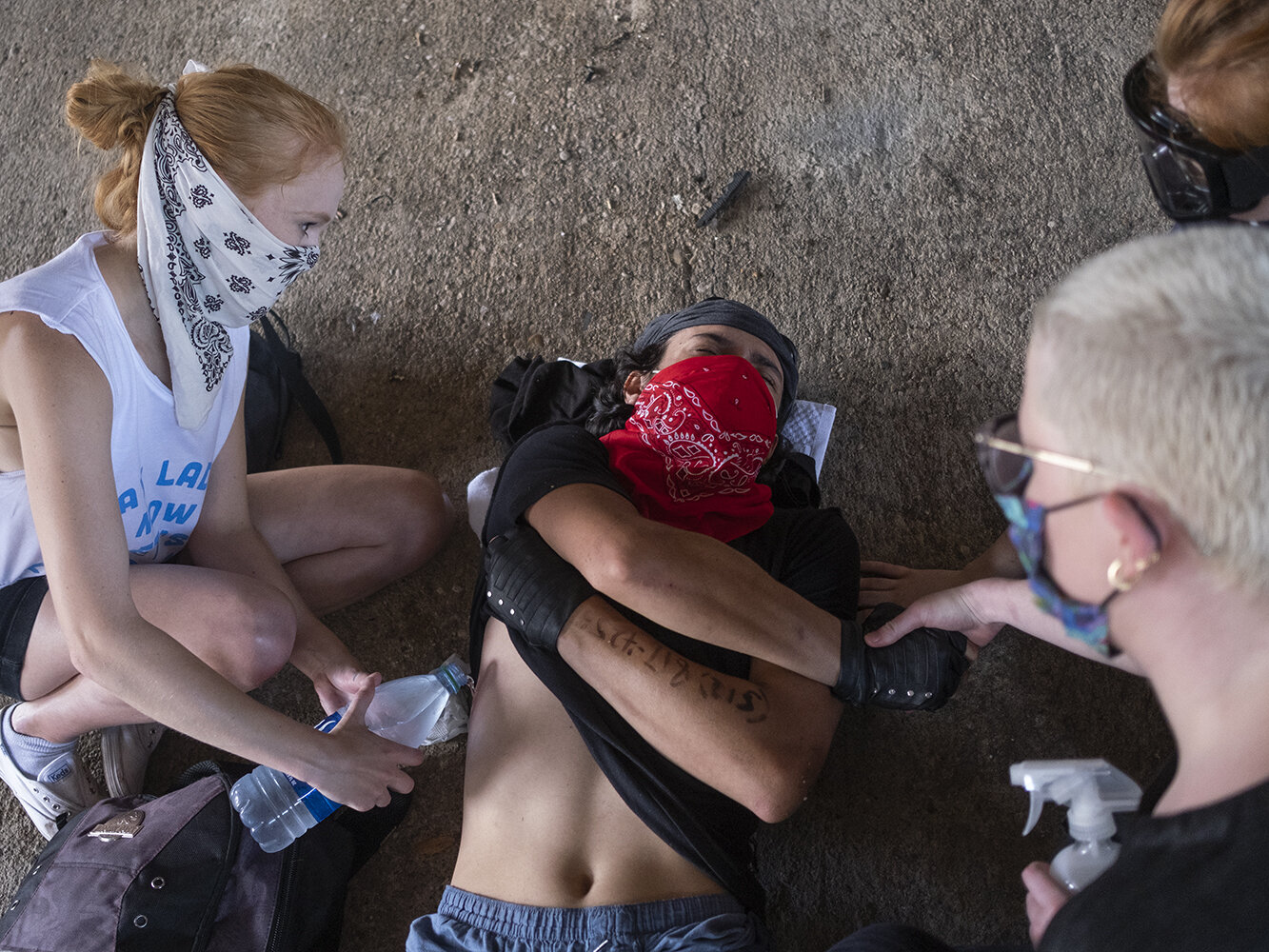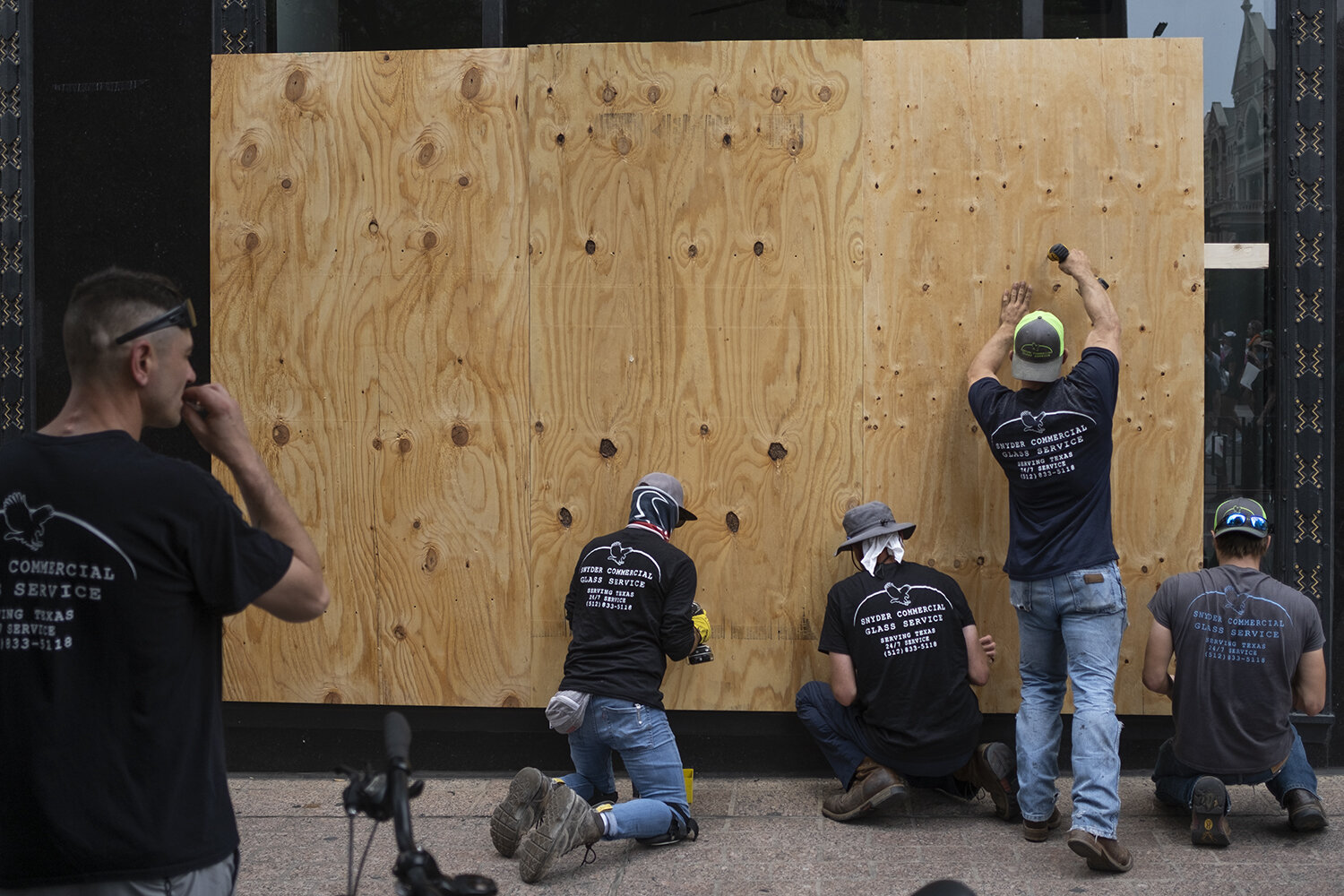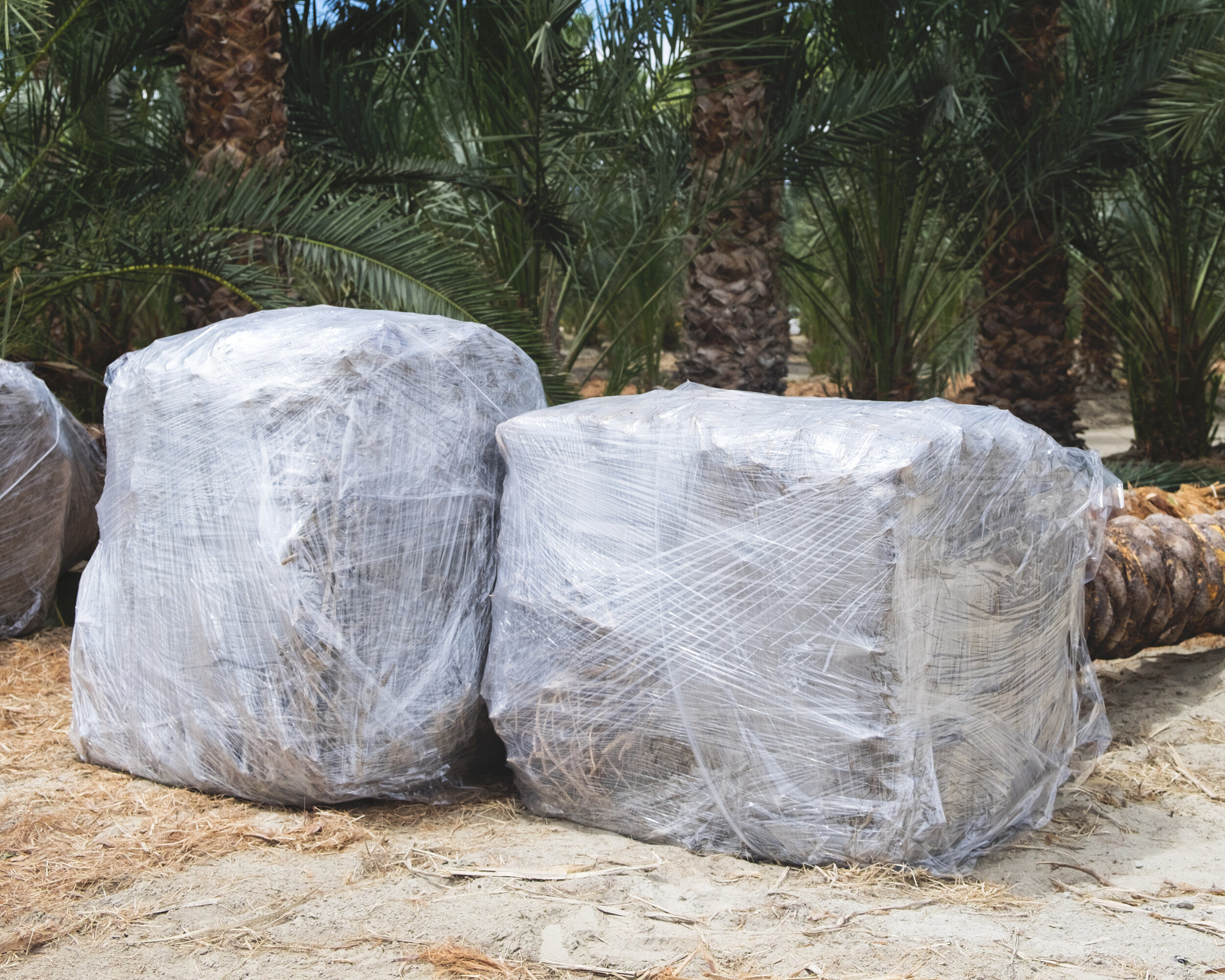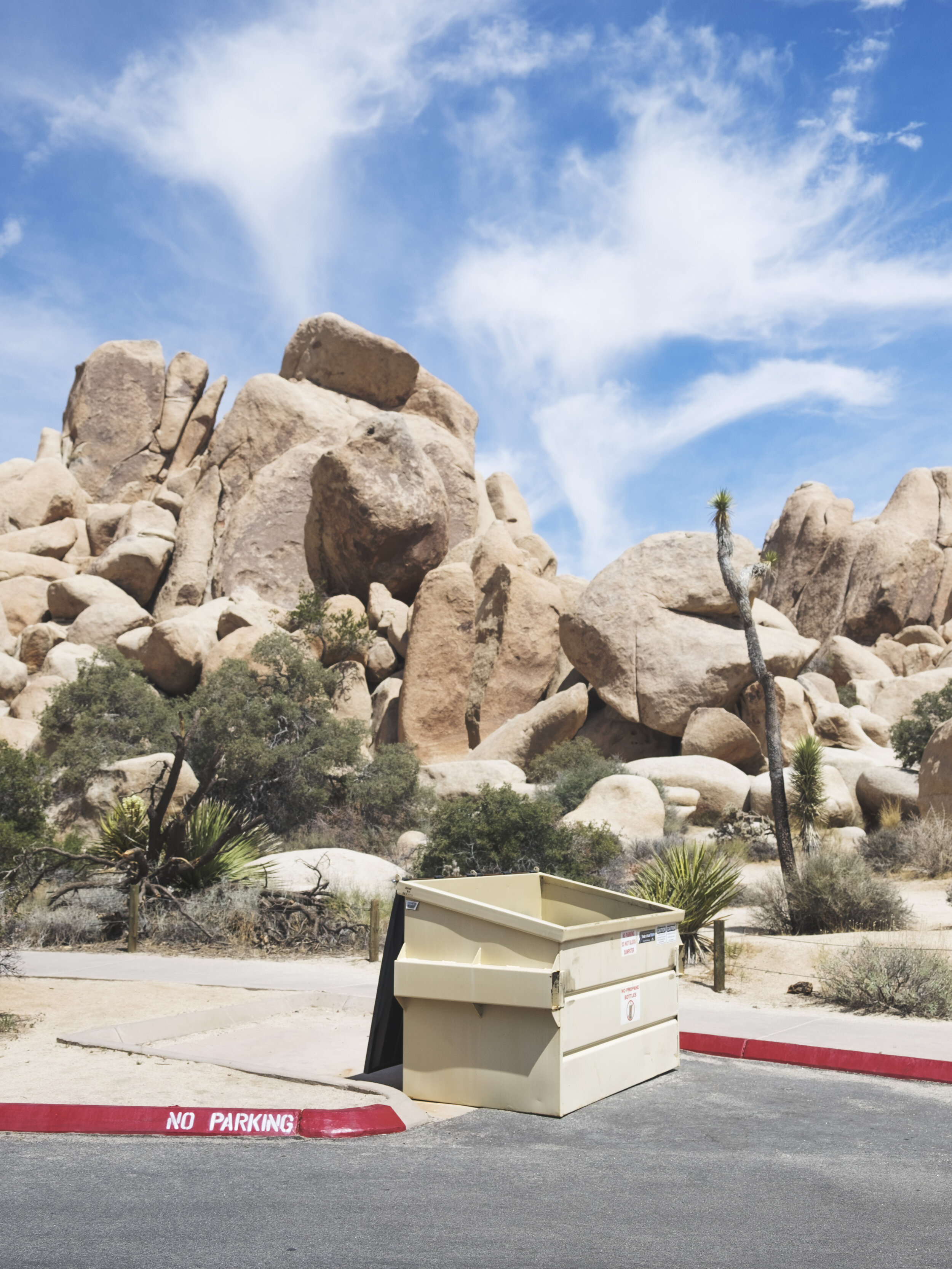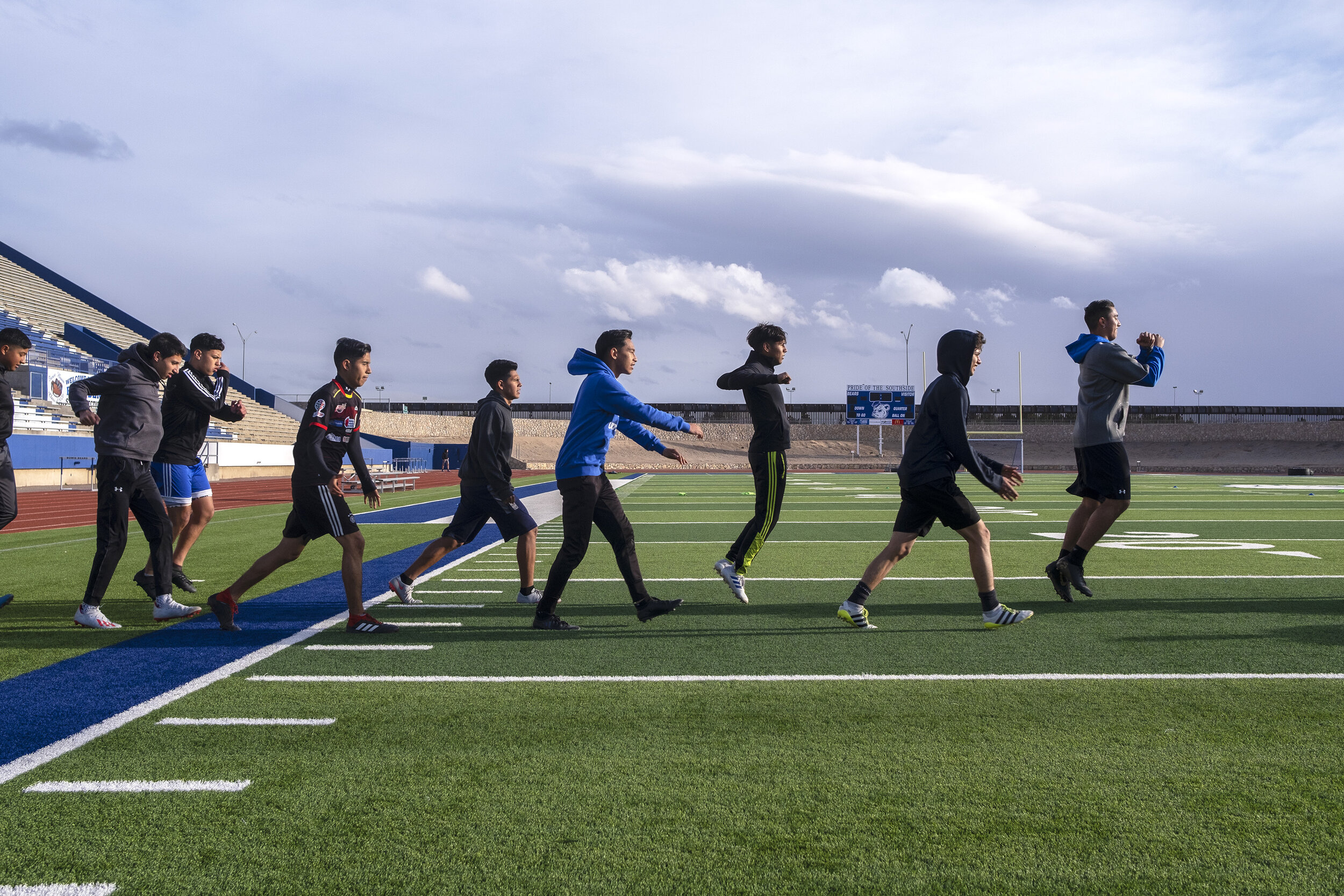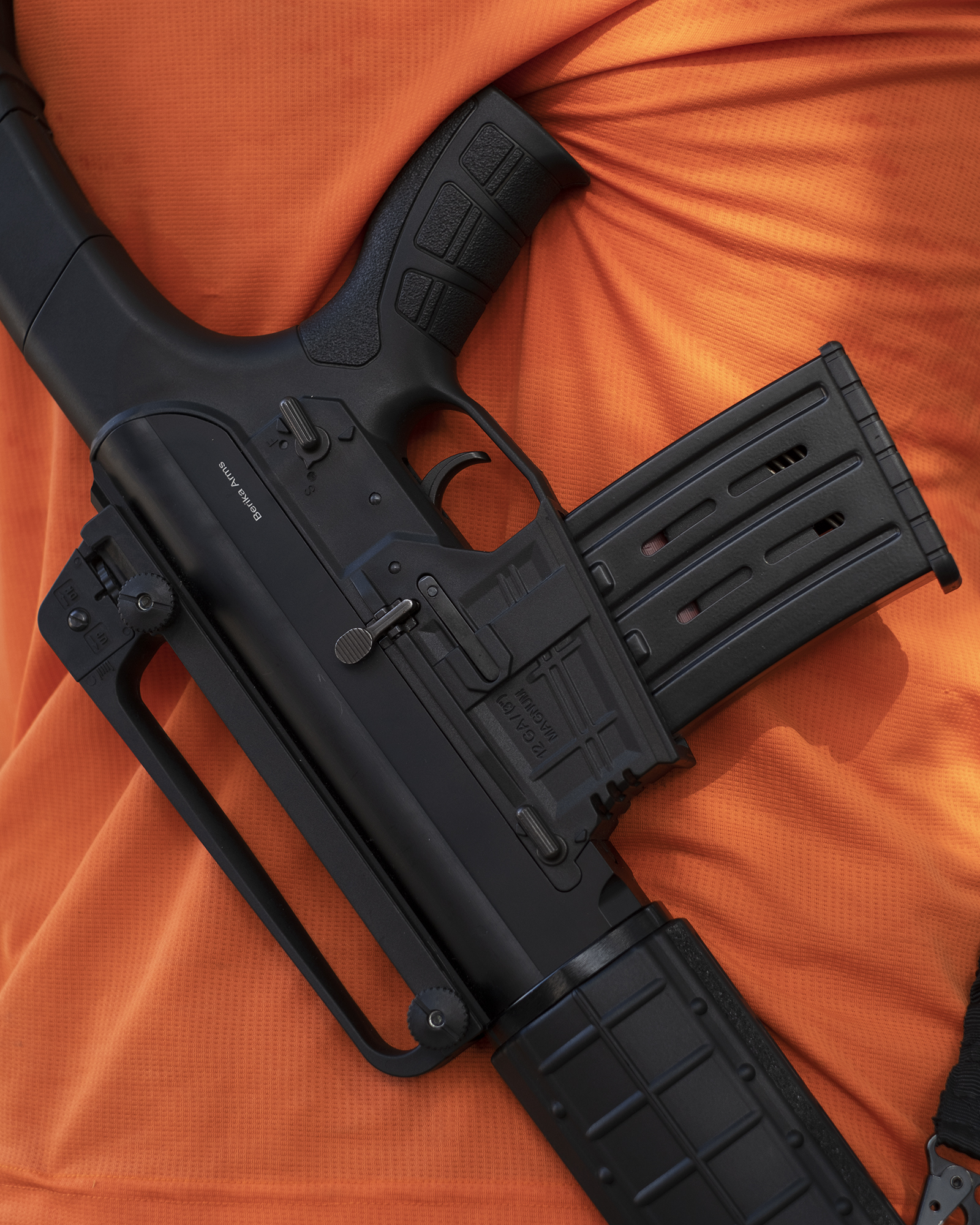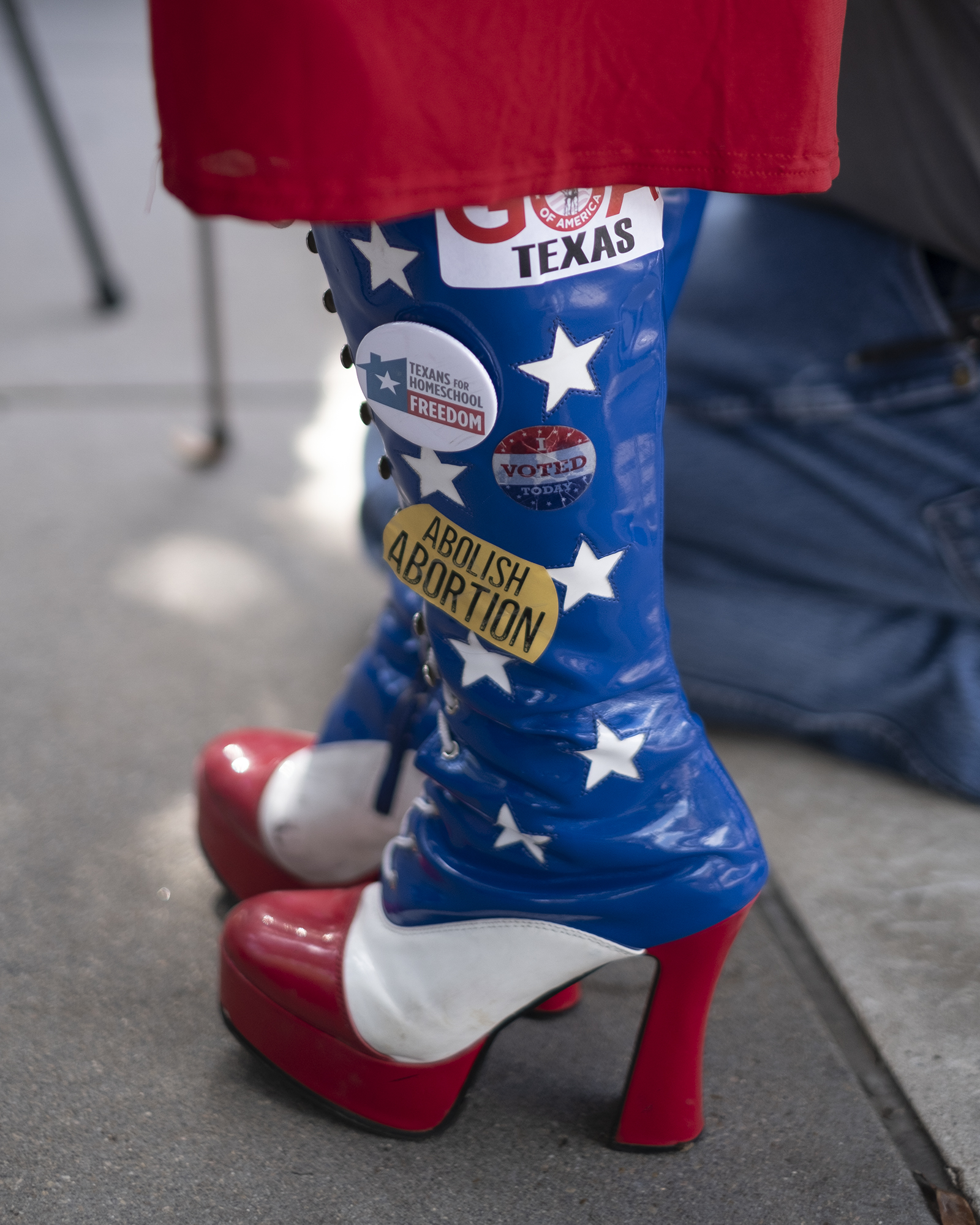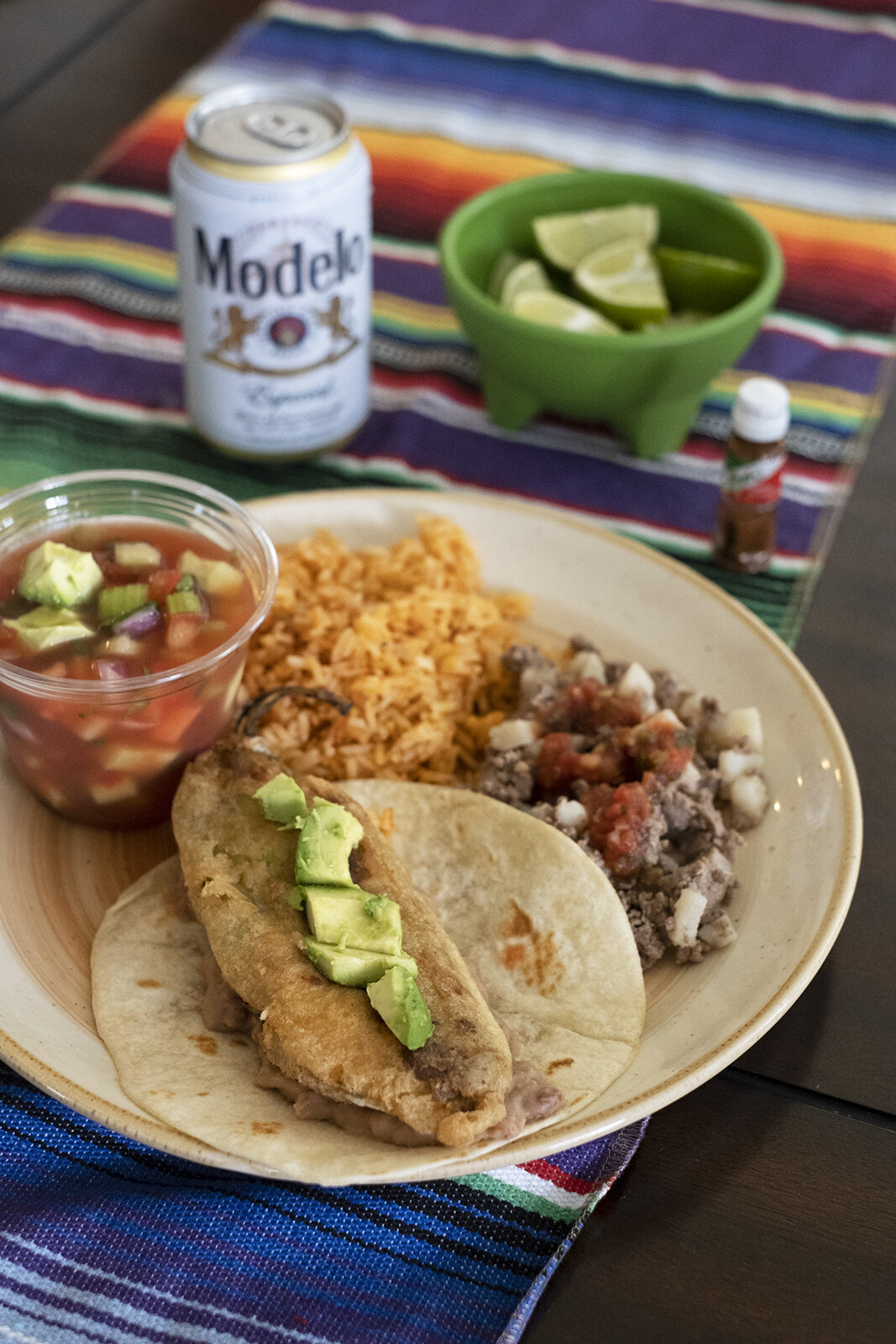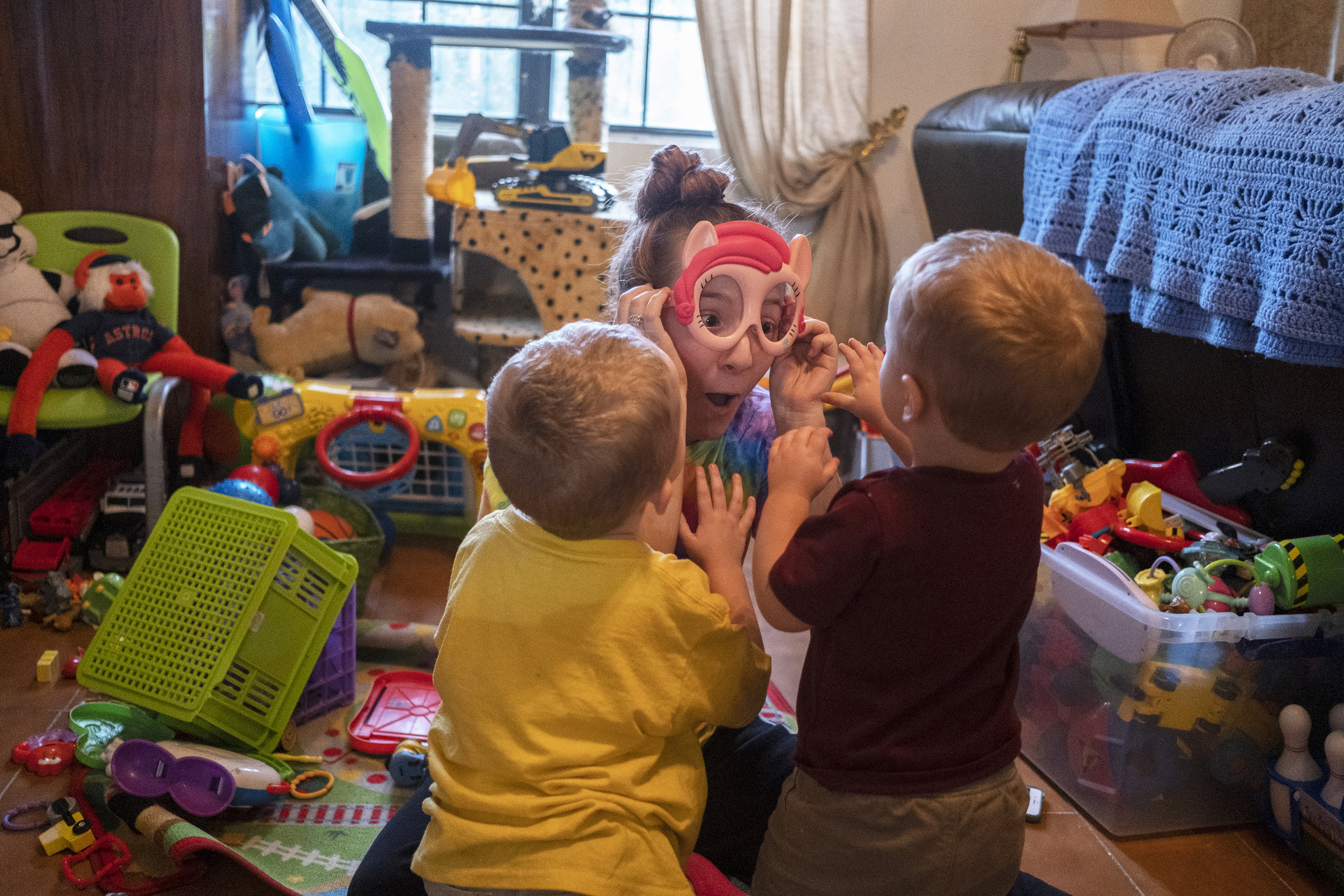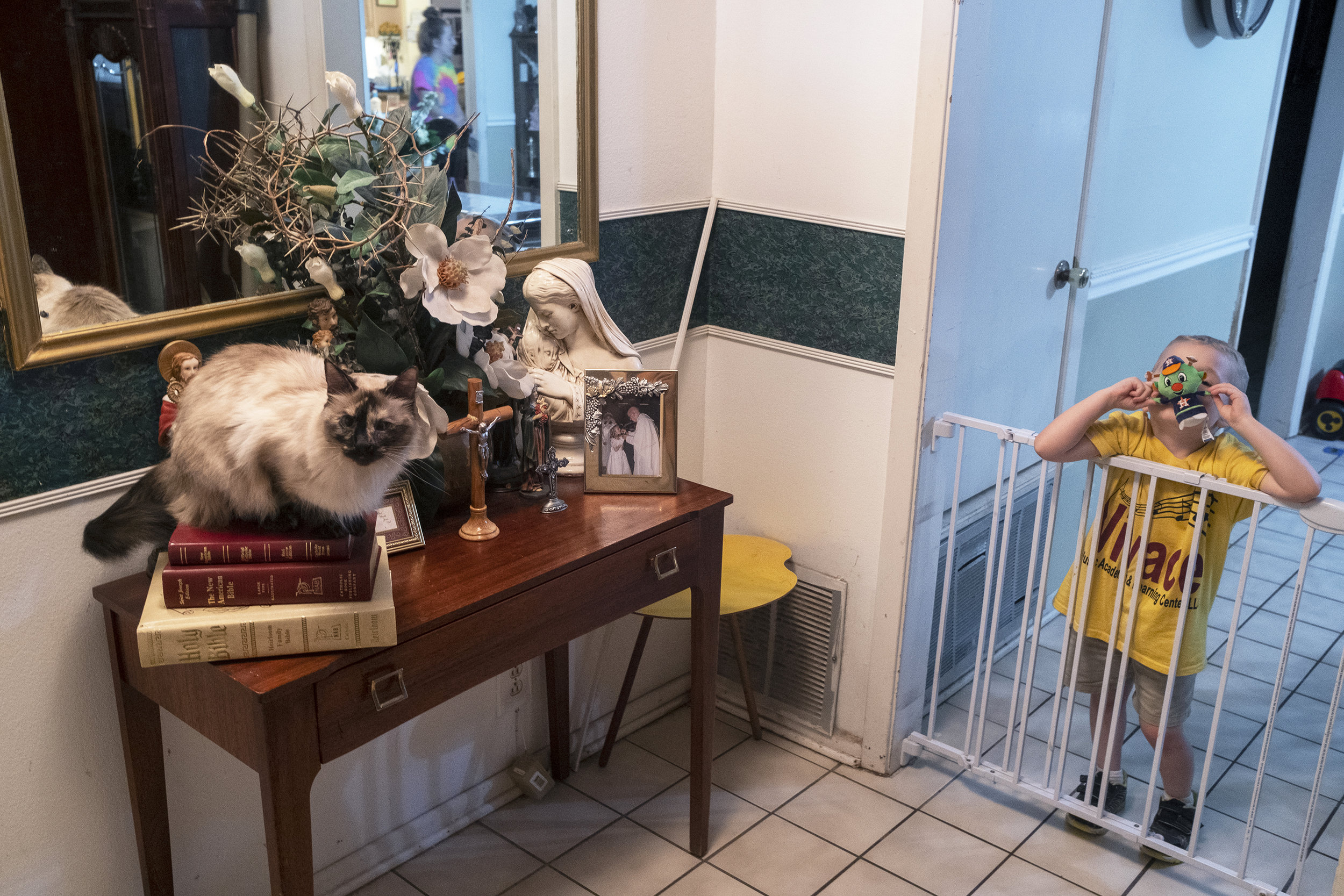The first time I came to Suerte was as a guest. I, like so many others, had read about their house-made masa and took my partner Madelyn out for a celebratory dinner after a successful interview with a creative agency she would go on to work for.
We moved to Austin a few weeks later on December 1, 2018, I interviewed at Suerte two days later and started working a few days after that. So for me, my experience of living in Austin had always included working at Suerte.
In mid-March, that experience changed drastically as restaurants around the country were forced to make the difficult decision to layoff entire workforces. Sam, the owner of Suerte, Fermín the executive chef, and the management team had to make that same difficult decision. But unlike many employers who simply showed their former employees the door, the team at Suerte decided that they were going to show up for their people in a way that I had personally never experienced.
For over two months following the initial shelter-in-place order in Austin, thirteen of my former coworkers, managers, chefs, and the owner of the restaurant would go on to make enough food to make sure that every single former employee and their family members had delicious food to eat as we all scrambled to figure out what was next. Their generosity has left a lasting impact on me.
As a way of saying thank you, I decided to make a small book of portraits of the thirteen people who stayed on at Suerte, cooking food for us every single day. My goal was to capture some of the beauty that has been a part of this crazy experience. What I love about these portraits is how serene and confident everyone looks. Despite a challenging situation, the Suerte community continues to press onwards.
I shot the book on medium format film and used only two rolls of film. I shot a total of 20 frames and only printed books for the people I photographed. Creating those limitations made me feel like I was making something precious.
If you live in Austin and are thinking about where to grab take out, you should feel really good about doing it at Suerte. Not only will it be some of the best food you’ve ever had, but you’ll be supporting an incredibly generous group of people running their business the right way. I would highly recommend grabbing their Suadero taco kit, the esquites, and whatever seasonal dessert they’re offering. If you don’t live in Austin, but plan on coming at some point and want to support them, think about buying a gift card.
If you run your own business near Austin and would be interested in creating a similar type of book for your employees, I’d be excited to collaborate. Feel free to reach out.








